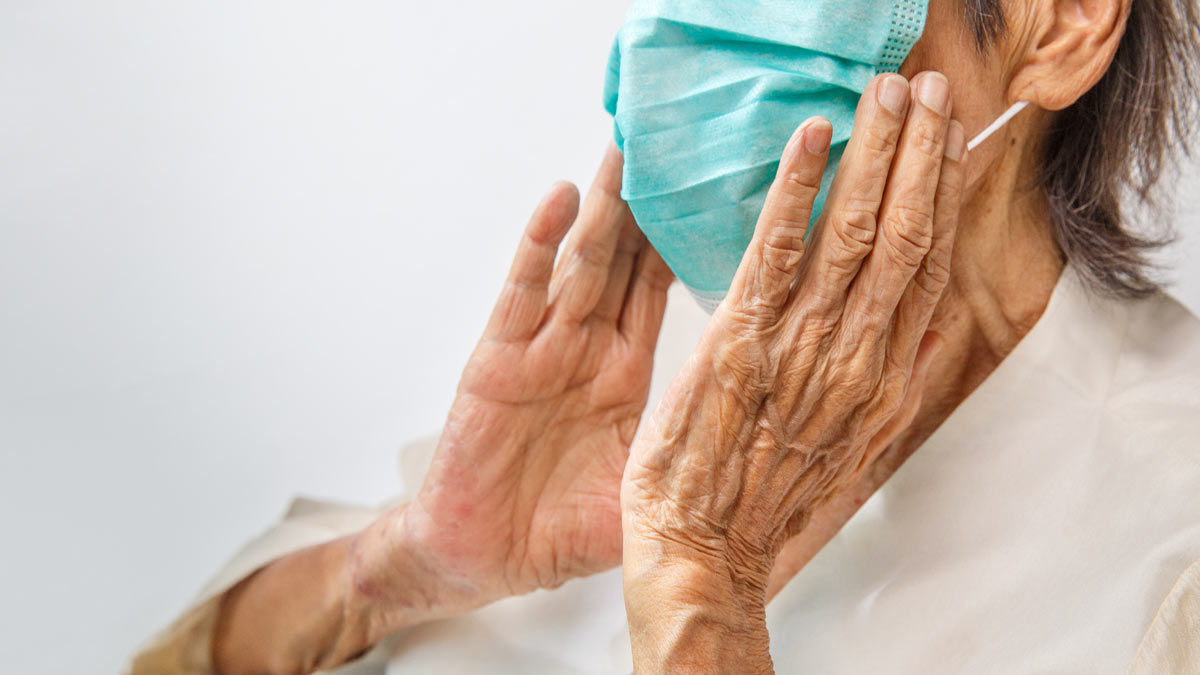Most medical professionals agree with the Centers for Disease Control and Prevention’s contention that pre-existing conditions have the potential to play a huge role in how people react to COVID-19. They are of the opinion that any medical issue that weakens your immune system increases the chance that if you are exposed to the coronavirus, you’ll end up requiring hospitalization – or worse.
“Anything that causes immune suppression, such as cancer treatment, uncontrolled diabetes or any kind of chronic lung or heart disease, increases the risk,” said Dr. Brian Whirrett, medical director for the hospitalist program at East Cooper Medical Center in Mount Pleasant. “They have less ability to compensate for the effects of the virus and the stress and strain it puts on their heart and lungs.”
“It’s not significantly different than any other virus,” Dr. J. Graham Dickerson, who is board-certified in family medicine and practices with Palmetto Proactive in Spartanburg, added. “People are dying from overwhelming infection.”
The CDC lists an array of underlying conditions that can affect the severity of COVID-19, starting with age – those 65 and older are at high risk for severe illness from the coronavirus. However, younger people suffering from pre-existing conditions also are easy targets for the insidious virus that has spread throughout the world from its origins in China. These include people with chronic lung, kidney or liver disease; diabetes; serious heart conditions; moderate to severe asthma; and poorly controlled HIV or AIDS, as well as those undergoing cancer treatment or bone marrow or organ transplantation. Even tobacco use can affect your reaction to the coronavirus, according to Dr. Whirrett.
“There’s a recent study that says that present and past smokers are at increased risk,” he said. “It’s likely related to the ability of the lungs to clear secretions – to oxygenate under stress.”
And then there are the victims of COVID-19 who are neither old nor sick. Dr. Whirrett pointed out that a small number in this group who have been exposed to the virus have required hospitalization.
“We’re seeing some patients who don’t have any medical issues whatsoever – people who are otherwise healthy having significant complications with this virus,” he said. “It’s not rampant in healthy people, but it does happen. I don’t think anyone in medicine understands why.”
Age is a factor but not the only factor, according to Dr. Dickerson, who pointed out that a 35-year-old with poorly-controlled diabetes faces about the same risk as a healthy 65-year-old. Age, of course, is one major reason nursing homes have provided a fertile breeding ground for COVID-19. Dr. Whirrett said it’s important for these facilities to be able to limit residents who might have been exposed to the virus to specific areas and to designate experienced health care personnel to take care of them to reduce the risk of spreading COVID-19 to the entire facility.
“One important thing we learned from the experience of nursing homes in Washington state is that, in some cases, 50% of the residents had to go to the hospital and 30% died,” Dr. Whirrett said. “That’s the important message, that the vulnerable population has a much higher mortality rate and hospitalization rate. The overall message is that keeping the precautions in place is not just about us. It has a much bigger impact on other people. You have to think about how our actions can have an impact on society.”
Dr. Whirrett and Dr. Dickerson agreed that social distancing, washing your hands frequently, coughing into your elbow rather than your hand, avoiding touching your face as much as possible and disinfecting surfaces such as countertops and doorknobs frequently all are helpful ways to keep the coronavirus from spreading. Dr. Dickerson, however, disagrees with the policy of shutting down businesses for an extended period of time for two major reasons. He doesn’t think COVID-19 is much worse than the flu, and he is concerned that sheltering in place leads to other medical and emotional issues.
“Staying at home all the time is dangerous, too,” he said. “It leads to a more sedentary lifestyle, anxiety and depression. People should decide for themselves what risks they’re willing to take. We should approach our ability to be out and about just like we do with the flu. I don’t know how it’s much different than this virus.”
Dr. Dickerson said that though the coronavirus is slightly more contagious and can be spread by people who show no symptoms, its mortality numbers are no more than those of past years of the flu. He said the flu has had a .1% mortality rate, compared with anywhere from .1% to 2% and falling for COVID-19 – falling because as more people are tested, the percentage of those who die from the virus decreases.
“I’m just trying to be objective,” Dr. Dickerson said. “I’m not worried about a healthy individual catching the coronavirus any more than I am about the flu. You are more likely to die in a car wreck than by COVID-19, yet we go out in cars all the time. The people who don’t want to go out don’t have to go out.”
Just like the 9/11 attacks changed the way we travel, COVID-19 is likely to change the way we interact with one another.
“I certainly hope there will be good changes, that people will be more conscious of social distancing and hygiene, which will help stem the flu and other viruses,” Dr. Whirrett commented. “I hope the pandemic response on the national level will be heightened and improved after all this.”
By Brian Sherman
